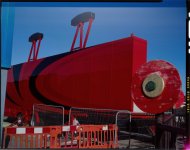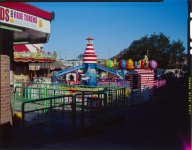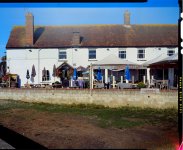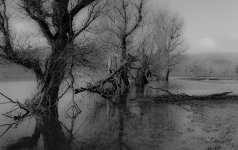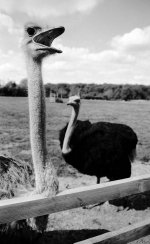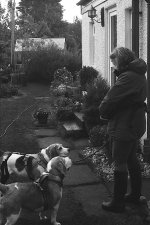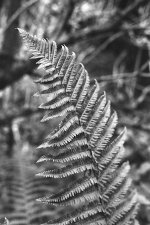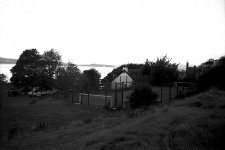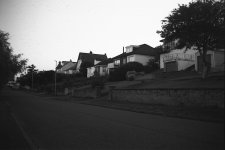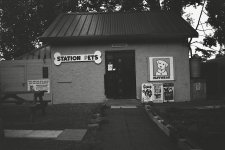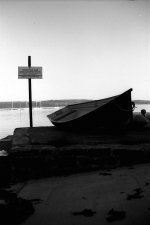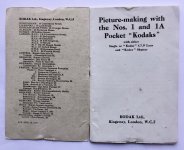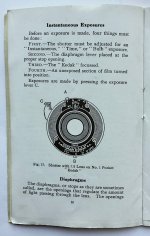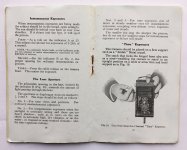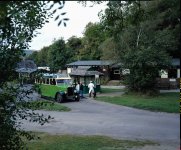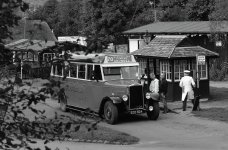In a fit of madness I decided to see if my Dad's old No. 1 Pocket Kodak still had light tight bellows and put a roll of Fomapan 200 through it last weekend. I developed the roll today and was pleased to see no light leaks. I got the usual black spots and marks which seem to be a 'feature' of certain batches of the Foma 200 120 roll film.
The internet tells me that the No. 1 Pocket Kodak was made in USA from 1926 to 1932 and in the UK from 1929 to 1933. I assume mine is the UK model as the instruction book has Kodak's English address. Mine has the cheaper achromatic meniscus lens with four aperture settings marked 1,2,3 and 4 and as you can see my guesses as to the f numbers were a bit off. Of course, the shutter speeds, a choice between 1/25 and 1/50, might be off too, as might my use of a Zeiss Ikon Ikophot light meter! It was the morning dog walk and the fact that the sun hadn't risen above the hills to the east of the village didn't help either. Still, no light leaks so I'm counting this as a win!
Fairlie Park
View attachment 402630
Castlepark Drive, Fairlie
View attachment 402632
Station Pets, Fairlie
View attachment 402631
Fairlie Yacht Club
View attachment 402633
Fomapan 200
No. 1 Pocket Kodak
Ilford Microphen, 9 mins @ 20°C

